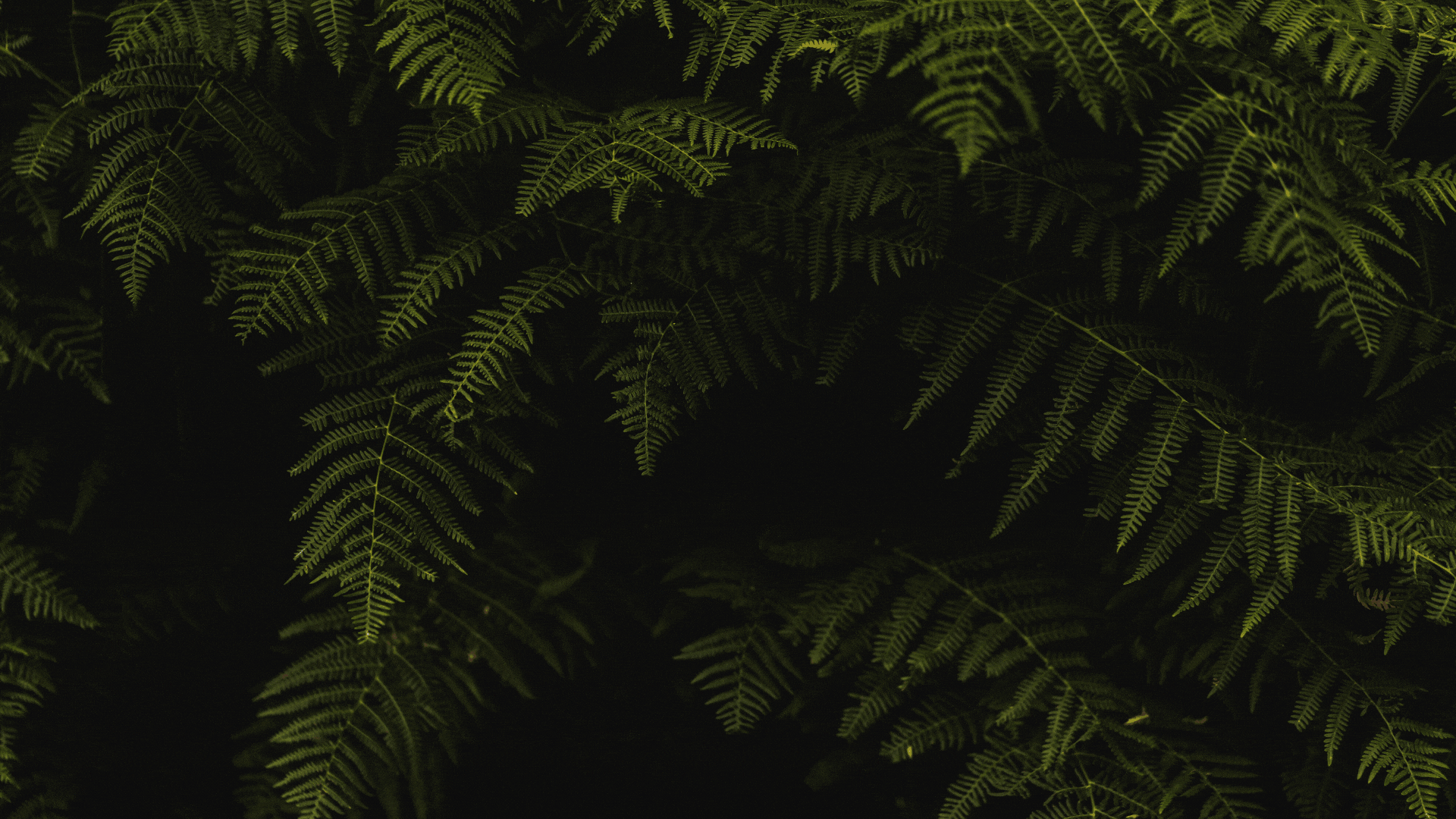 Unless you are reading this from the Saharan desert, chances are that ivy is somewhere nearby. It grows on office buildings, homes, trees, fences, and bridges. It turns sharp concrete corners of the city into something greener, causing mischief, and is a connective plant between the mossing ground and towering canopies of the forest.
Unless you are reading this from the Saharan desert, chances are that ivy is somewhere nearby. It grows on office buildings, homes, trees, fences, and bridges. It turns sharp concrete corners of the city into something greener, causing mischief, and is a connective plant between the mossing ground and towering canopies of the forest.
IDENTIFY NEW PLANTS WITH PLANTSNAP
Colloquially, we use the term “ivy” to describe a plethora of climbing plants – some of which are not technically ivy at all. Whether you’re a student in a greenhouse, a hobby botanist in the city park, or looking to diversify your garden, it’s important to know these definitions, distinctions, and various varieties.
So let’s get into it: Ivy is a genus of plants botanically known as Hedera. It includes 12-15 species of climbing and creeping evergreen plants that all belong to the family Araliaceae. Different species are found throughout the globe, native to locations across North Africa, Europe, Nepal, Macaronesia, and East Asia. Because of ivy’s widespread habitat, it’s no surprise that it shows up in various ways in mythology, folklore, music, and pop culture.
For example, in Roman mythology, ivy is associated with Bacchus and wine. In the cosmology of the ancient Celts, ivy was thought to be a symbol of strength and determination. Ivy is most likely climbing its way around some of your favorite holiday carols. In pop culture today, the anti-villain Poison Ivy entertains the masses beside characters like Catwoman and Harley Quinn in the Batman Universe – using her misanthropic botany, shiny leaves, and plant powers to fight for the environment.
There’s a lot to keep track of in the world of ivy. This ultimate guide to ivy will go into the details of 30 species and varieties in alphabetical order. We will touch on true Hedera ivies and varieties within species. We will also cover some plant species that are commonly accepted as ivies, though they are something else entirely such as Boston ivy and Swedish ivy.
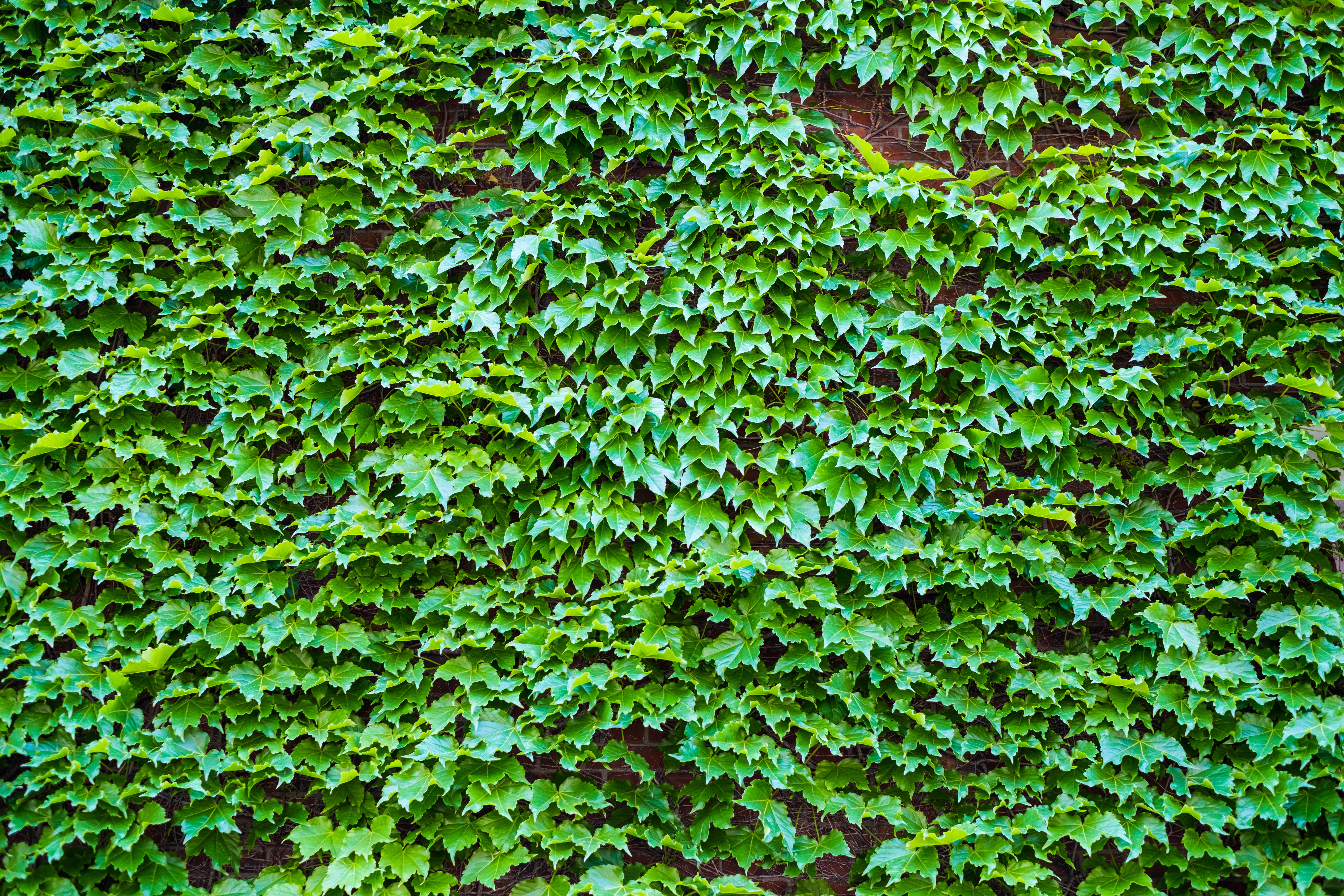
Algerian Ivy (Hedera Algeriensis)
Algerian ivy is also commonly known as Canary Island ivy, Canary ivy, and Madiera ivy. The botanical name for further distinction is Hedera algeriencis. Native to West Africa and surrounding islands, this evergreen perennial vine can grow in hardiness zones 7-11. Algerian Ivy prefers partial shade and may suffer in full sun. With the right growing conditions, it can reach 40 feet tall. Flowers are yellow to green, though inconspicuous. Like almost all species of ivy, this plant is toxic, so keep it well out of the reach of children or curious cats.
Gloire de Marengo (Hedera Algeriensis Variety)
A variety of Algerian ivy, Gloire de Marengo is a vigorous, lush climbing vine that will self-cling to different structures. Its leaves are a darker green and heart-shaped. The color of the leaves is enhanced by green-grey or cream-colored marbling. Variegation loss is possible due to lighting and seasonality. Ivy plants will often revert from their variegated state to their solidly green appearance in response to a lack of light in order to survive. This is irreversible – though you can take swift action to stop it from happening to the entire plant by moving it to a place with brighter light.
Azores Ivy (Hedera Azorica)
Azores ivy is a species native to the Azores Islands, a series of islands off the Atlantic coast of Portugal. It will grow as a ground cover when there are no vertical surfaces to climb.
This ivy will do fine with normal watering and will flourish in deep shade or full sun – Azores ivy isn’t picky. This species of ivy is not one you want to let grow on trees or wooden frames because it can be destructive. It is sometimes sold as Hedera caneriences “Azorica.”
Boston Ivy (Parthenocissus Tricuspidata)
While Boston Ivy is a popular plant that many people mistake for a true ivy, it is not actually in the genus Hedera. Instead, it belongs to the family of plants known botanically as Parthenocissus – the grape family. It is a perennial, deciduous vine with broad green leaves. It is this non-ivy ivy that gives “ivy league” universities their name. Ironic, when you pause to think about that error. Boston ivy is particularly beloved for the way its leaves glow bright red in the fall and early summer. With inconspicuous flowers, this plant produces small blueberries that birds enjoy.
Persian Ivy or Bullock’s Heart Ivy (Hedera colchica “Dendroides”)
This ivy features rich dark green foliage and can grow up to 30 feet tall and 3 ft wide. It can thrive up to hardiness zone 5a. It is a climbing ivy with heart-shaped leaves that will remain green through the winter. Its growth pattern is dense and multi-stemmed. It will do well in the sun or partial shade.
Canarian Ivy (Hedera Canariensis)
Commonly known as Algerian ivy, Canary ivy, Canary Island ivy, and Madiera ivy, this large-leafed woody vine is native to North Africa and the Canary Islands. Its twigs are reddish in color. Its small berries are pretty ornaments, but are poisonous – so think twice before bringing them into your home. The leaves are lobed and can grow between 2-6” long and wide.
Cape Ivy (Senecio mikanioides)
Also known as German ivy, Cape ivy is technically not a Hedera plant, though it does look remarkably similar to English ivy. Its botanical name is Senecio mikanioides and it is part of the Asteraceae family. It is native to South Africa and is a perennial climber. It has lush, glossy foliage.
Cyprus Ivy (Hedera Cypria)
Native to the island of Cyprus, it is (yet again) a woody, climbing, evergreen vine. It is commonly found at higher altitudes in rocky areas and ravines. It can be distinguished from other Hedera species by its blackberries. It’s white patterns, grey veins, and red stems also set it apart visually from other ivies. It is a slow grower and its leaves are unlobed. It is very closely related to Hedera pastuchovii, listed below.
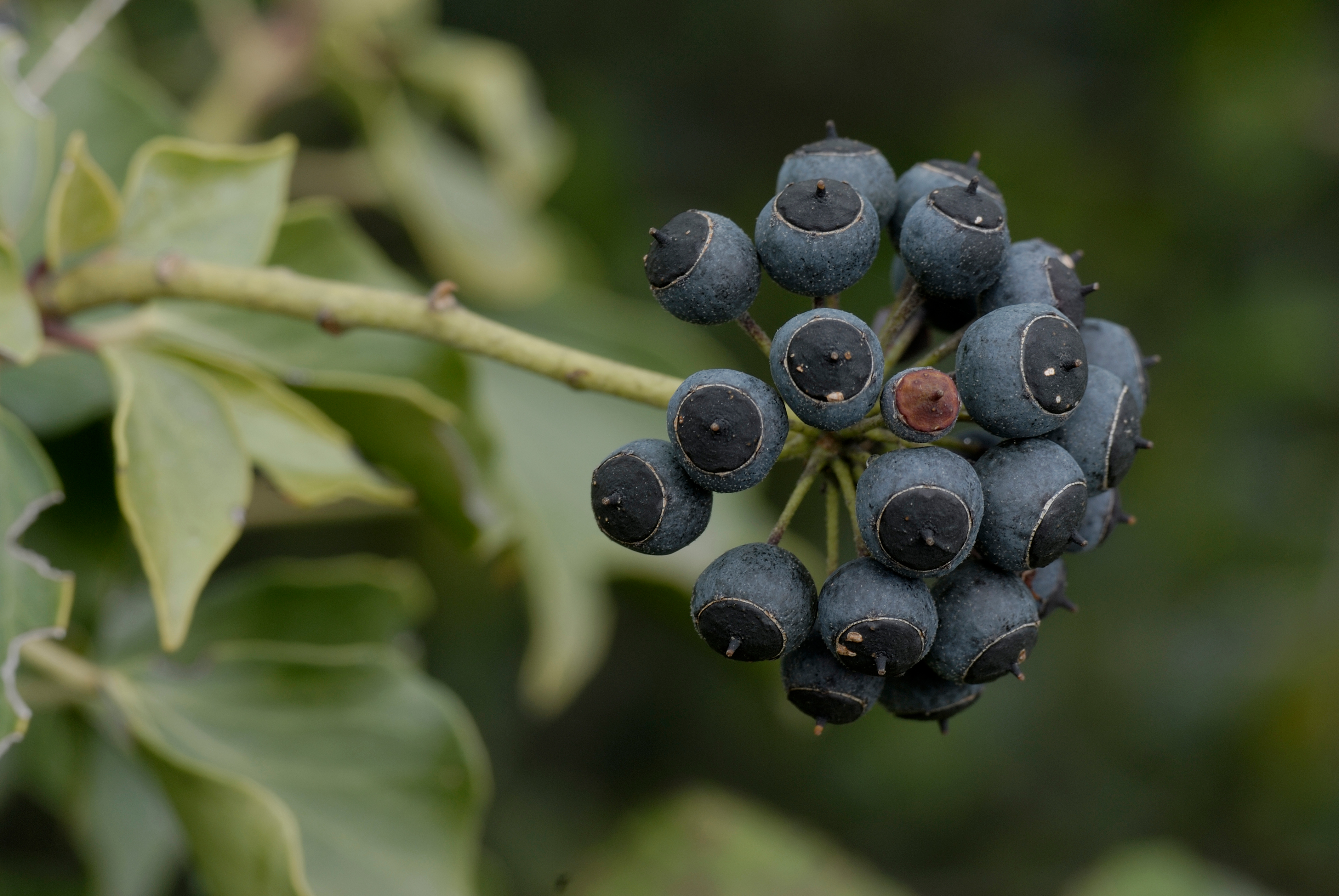
English Ivy (Hedera helix)
Known as Common ivy, European ivy, English ivy, or just ivy, Hedera helix is a climbing evergreen plant native to Europe and Western Asia. It is a rampant and voracious plant that we can see all around us – on walls, in gardens, taking over city streets, and flourishing in the parts of native habitat that remain. Helix derives from the ancient Greek “to twist or turn”. It is also sometimes referred to as Bindwood and Lovestone.
Its growth habit is typical as it climbs by using its aerial rootlets to cling to surfaces. It is considered an invasive plant, so be intentional about how you choose to incorporate this near-unstoppable plant into your life. Indoors, English ivy will like indirect to low light, mimicking the woodland areas it calls home. Its leaves are the typical ivy shape with 5 lobes. It is a dense and bushy plant. The original species has been superseded by its many different varieties:
Adam Ivy
Adam ivy is a popular house plant variety of Hedera helix. Its leaves are small and a moderate green color with variegated leaves of silver, grey, and white. It is considered a toxic plant and touching the sap may cause skin irritation.
Aloma Ivy
This cultivar showcases dark green, glossy leaves. It has yellow-green flower clusters and blackberries. It has a white and silver variegation.
Angel Snow Ivy
Similar to Aloma ivy and Adam ivy, this cultivar of Hedera helix is not bred for any reduced toxicity, but it’s playful and silvery-white variegated foliage.
Anita Ivy
No large leaves here: this variety’s leaves are dark green and small. Its leaf shape is unique as its lobes fold slightly inward while the tips point down. It is a tight, compact plant and a slow grower. It was recently chosen as the “ivy of the year” by the American Ivy Society.
Amber Waves Ivy
Medium-sized leaves with 5 lobes. Distinguished by its shifting shades throughout the growth process. Young leaves will be vibrant chartreuse to yellow in shade and eventually matures into full green.
Asterisk Ivy
This is yet another voracious evergreen vine with glossy, 5-lobed leaves. Because its leaves are solid green instead of variegated, it can handle more shady conditions, but do avoid full shade. Any major pruning should be done in the spring. It survives outdoors up to hardiness zone 5 and is a popular house plant because it is so low-maintenance and resilient.
Bettina Ivy
The Bettina ivy variety of Hedera helix has green leaves with white edging. It is a great option to use in a hanging basket or ground cover as it is long growing and likes to spread out. It can thrive up to hardiness zone 3a. When happy, this variety can reach up to 50 feet tall.
Buttercup Ivy
Buttercup ivy is a variety of Hedera helix that is a woody evergreen with a trailing growth habit. It grows up to 6 feet tall and can handle light anywhere on the spectrum, from shade to full sun. When grown in the shade, this ivy takes on a light green or golden color, hence its name. The glossy lobed leaves will remain yellow through the winter.
Celebrity
With traditionally shaped ivy leaves, this variety exhibits dark green leaves with a grey middle and a broad cream margin.
Duckfoot Ivy
Duckfoot variety has small leaves with three round lobes. It is self-branching.
Goldchild Ivy
With medium-sized leaves, this variety of H. helix features green-grey leaves with golden variegations. In hot weather, the golden adornments will fade to a buttery yellow. It can do well in a variety of light environments, though the amount of light will affect the coloring. It is drought-tolerant but will produce its famed golden hues if kept healthily moist.
Ivalace
Different from most other varieties of ivy, Ivalace has curly leaves in a cupped shape – giving it a lace-like visual quality. This plant prefers partial shade to sun and will need shelter from strong, cold winds. You can propagate this plant by cutting during the summer months.
Tussie Mussie
This ivy variety is named for how it looks – a bit tousled and out of sorts like it just rolled out of bed. Its leaves are congested, rumpled, and highly variegated. It’s growth patterns are more mound-like than viney, which sets this variety apart.

Shamrock ivy leaves
Shamrock Ivy
Belovedly known as a “miniature bird’s foot ivy,” this variety grows in mound shapes, similar to the Tussie Mussie. While its name might have you thinking it comes straight from Ireland, it’s actually named in honor of the Shamrock Hotel in Houston Texas, where it was first introduced to the Florist Trade in 1957. It can survive up to hardiness zone 5.
Manda’s Crested Ivy
Also known as “Curly Locks,” this ivy is a medium-sized climber with dark green leaves and wavy edges. In winter, a bronze hue will paint into the edges of the leaf. This ivy grows in clusters. If you pay close attention to the plant, you may notice yellow flowers and blackberries depending on the season.
Himalayan Ivy
Himalayan ivy or Hedera nespalensis is a climbing vine. As you may have guessed from the species name, this ivy is native to the Himalayan Mountains. Outside of its natural habitat, it can thrive in hardiness zones 7 -11. If you’re lucky, you can catch its delicate greenish-white blooms between the months of September and October. All parts of the vine are toxic. It has grey-green foliage and can grow up to 100 feet tall in the wild.
Iberian Ivy (Hedera Iberica)
The Iberian Peninsula of Portugal and southwest Spain is where this ivy is at home. It can also be found in Northern Morocco. You can find it growing on rocks, slopes, and tree trunks. Like other Hedera species, its flowers are greenish-white and will showcase blackberries.
Irish Ivy (Hedera Hibernica)
Similar to Hedera helix, Hedera Hibernica or Irish ivy can be identified by its larger leaves and petioles. The leaf of Irish ivy is wider than it is long with glossy leaves. It has a sweeter smell than that of English ivy. Don’t let the sweet fumes fool you though – this is a voracious spreader and difficult to keep under control.
Japanese Ivy (Hedera Rhombea)
Also known as Songoak (has there ever been a more beautiful name for a plant?) this ivy is native to East Asia. It is an exciting plant that can be found in cloud forests, rocky slopes, and as usual, growing up tree trunks. The leaves are diamond-shaped, a medium green shade, with toxic sap.
Pastuchov’s Ivy
Pastuchov’s ivy, or Hedera pastuchovii, is native to an area called Eastern Transcaucasus. This area includes Georgia, Armenia, and Azerbaijan. This ivy’s leaves are thin, light green, and glossy. Its edges are sometimes wavy. The foliage of the flowering stems is often less lobed than the reaching, sterile climbing stems. Can you guess the descriptions of the flowers and berries? Yep – greenish-white flowers and black berries, like so many other Hederas.
Swedish Ivy (Plectranthus Australis)
While Swedish ivy is not a true ivy plant, it remains a popular addition to many gardens and is colloquially included in the category of ivy. Surprisingly, it is not native to Sweden at all but instead is endemic to Australia and the Pacific Islands. The more time you spend with botanical names, the more clear it becomes that colonial, euro-centric efforts shape so much of our world – even the names of plants. Plectranthus Australis is beloved for its long trailing vines and stems, and scalloped edges. Other common names include Swedish begonias and creeping charlie (though it is from the much-begrudged creeping charlie weed in North America).
Ivy Care
Ivy can be an exciting, beautiful, and therapeutic addition to your own gardening practices – both indoors and out. Because there are a wide variety of species, the best thing you can do when choosing to incorporate ivy into your life is to do the research. Before purchasing a plant, find out its botanical name, compare it to the comprehensive list above, and then seek out additional sources to be extra sure you know what you’re getting into. There’s no need for plant care to be difficult – you just need to understand how best to help your plant thrive while also being a responsible caretaker in the landscape in which you live.
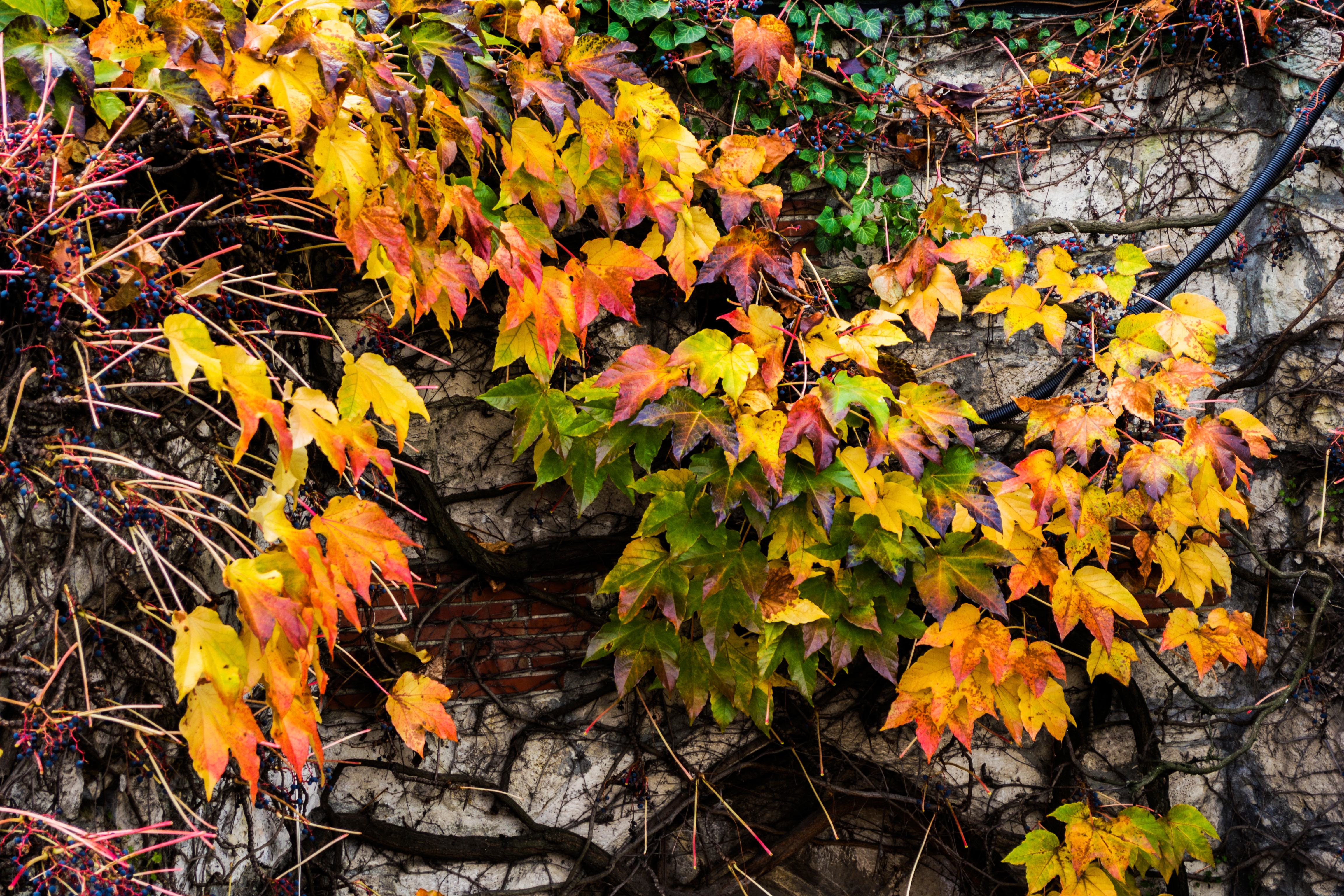
Wall of autumnal ivy
Outdoor Ivy Care
Hedera is a fairly adaptable plant and can thrive in almost any type of soil as long as it is well-draining. When you plant ivy (or any other plant for that matter), it can be beneficial to mix in manure and compost with the soil to give your new plant baby extra nutrients to grow into. Plant your ivy in full-to-partial shade, perhaps on a trellis to help with growth. Trellises can help your vines grow upwards, or in the direction you prefer. Intense, direct sun can damage the foliage – but fret not – Hedera generally rebounds quite quickly from this type of exposure.
Ivy likes about 1 inch of water per week and while it’s getting established and you may want to baby it a little. However, be sure not to overwater this plant, as it is susceptible to fungal disease when its “feet are wet” for too long. Moist soil is truly the number one enemy of ivy. Ivy doesn’t need much, but if you want to give it a boost, fertilize the plant once in the early spring and again in the middle of summer.
With all of this being said, please please think very hard before putting this beast of a plant in the ground. Ivy, in many areas, is an invasive plant. Hedera can create what gardeners and botanists refer to as an “ivy desert” in that it will choke out, drown, and strangle any other plants in its path. If this plant is not kept in check, it will absolutely take over the garden, the house, and potentially the world. It threatens trees, houses, infrastructure. This is a serious concern for plant diversity, particularly in fragile ecosystems.
One way to mitigate the invasive qualities of ivy while still incorporating it into your DIY outdoor garden-of-Eden endeavors is to experiment with giant pots, hanging baskets, and window boxes. Outdoor gardening can be a whimsical creative experiment when you are willing to put your imagination to the test.
Indoor Ivy Care
Ivy is a very popular indoor plant because they are low-maintenance plants that give your home a feeling of vibrant vitality. It’s an especially good idea to hop on this bandwagon if you’re feeling excited about ivy but wanting to mitigate its invasive tendencies. And something else to consider: houseplants can have powerfully positive effects on your mental health.
As a houseplant, ivy will stretch out and fill in a room if given the right conditions. Ivy prefers bright but indirect light. English ivy is one of the more commonly found houseplants at your local garden store, but some of the variegated cultivars will do alright in medium light. You’ll know if your plant isn’t getting enough light because it will begin to stretch out, become leggy, weak, and overall quite sad-looking.
A good rule of (green) thumb is that ivies like to be on the dry-side when in your home. Before watering, stick your finger into the dirt and feel for moisture. If the top layer is dry, give this little green housemate a drink. When choosing a pot, drainage is key. Your ivy friend will not be happy about soggy roots or standing water. Fertilizer is important for the spring, summer, and fall months. Fertilizing the plant once a month is plenty. Allow the ivy to go dormant in the winter and take a break from the fertilizer to let it sleep.
Another fun idea to really treat your ivy like a queen: every once in a while, give it a shower! Let the water run over it for a few minutes to wash away dust and knock off any pests.
Wrapping Up This Guide to Vining Ivies:
This comprehensive guide to different types of ivy is just the beginning. If you’ve read this far, you’re well on your way to becoming quite the expert. Now, it’s time to strap on your walking shoes and get your hands dirty. Whether you’re curious about the climbing ivy plants you see growing in your neighborhood or looking to incorporate an ivy plant into your houseplant collection, experience is the best way to become intimately familiar with ivy – and other plants that pique your curiosity.
We have so much to learn from the natural world, which, as it turns out, we are not separate from. As we explore the ins-and-outs of a genus such as Hedera, we can see the ways these plants follow our own trajectory of human migration, exchange, ritual, and aesthetic preferences.
In studying these plants, their effects within the landscape, and within our minds, we might be one step closer to cultivating a strong relationship with this amazing planet we call home.
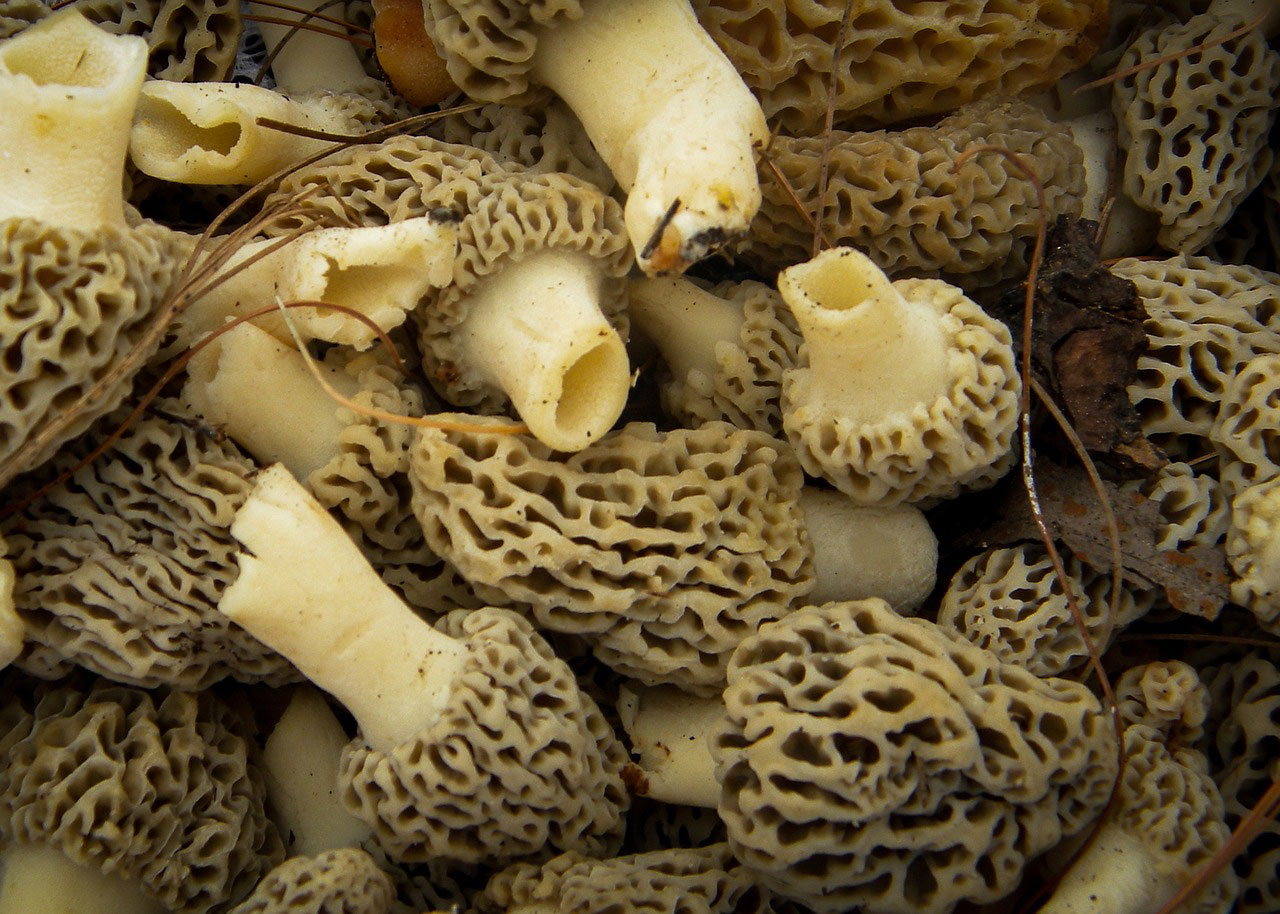
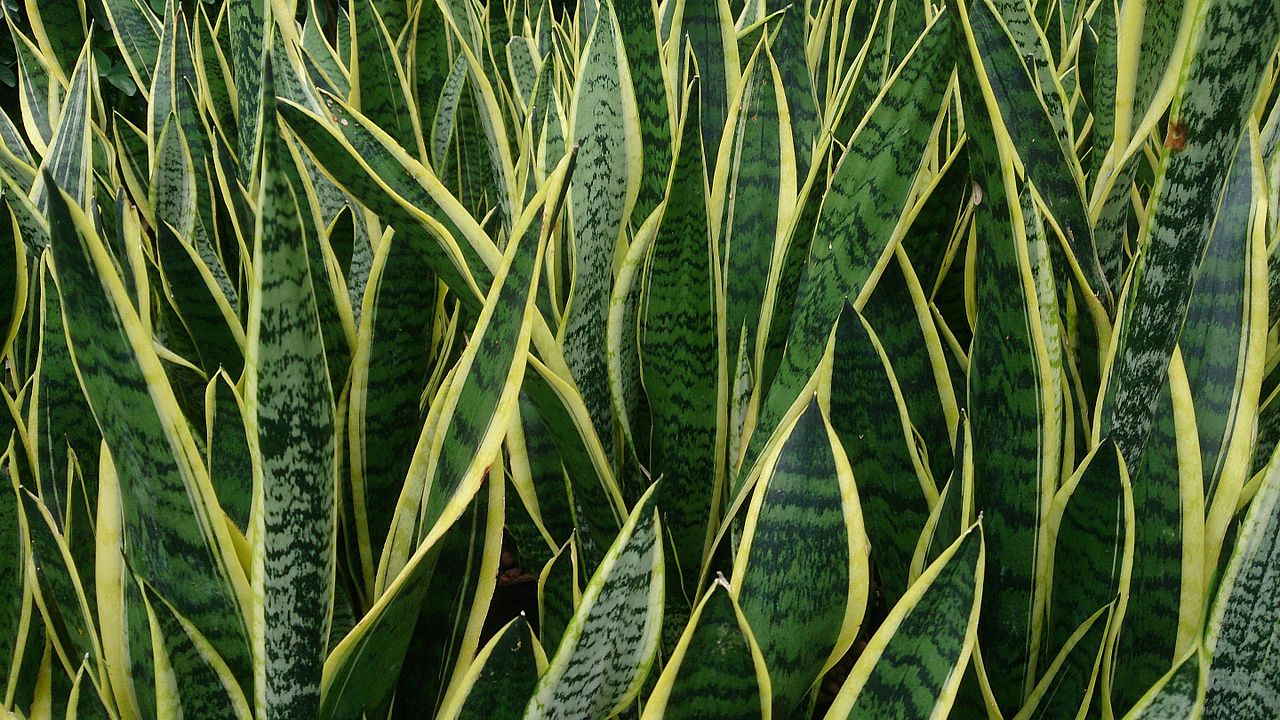
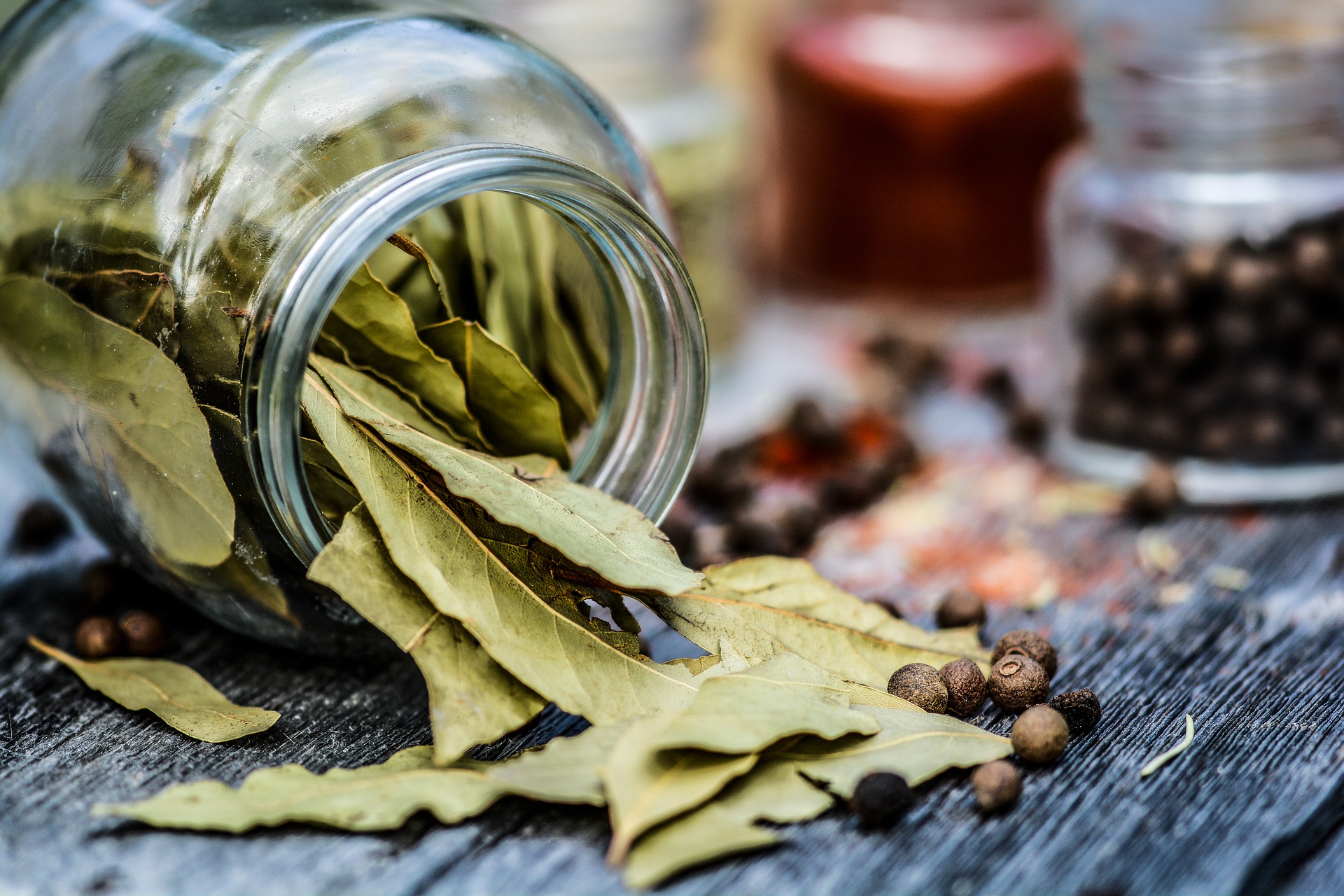
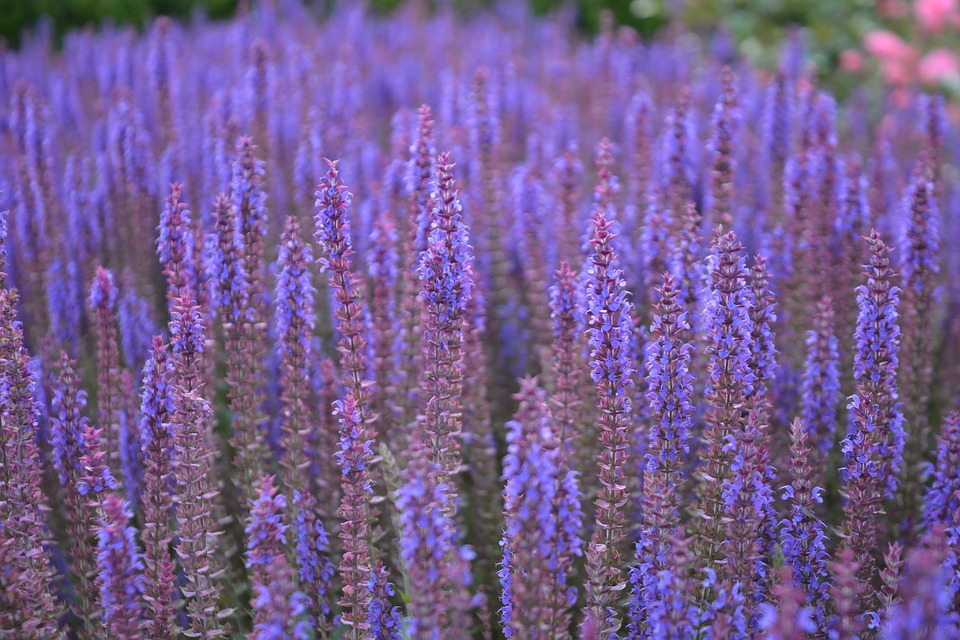
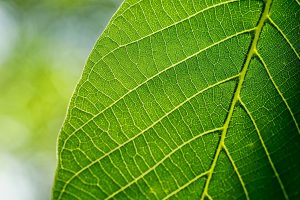
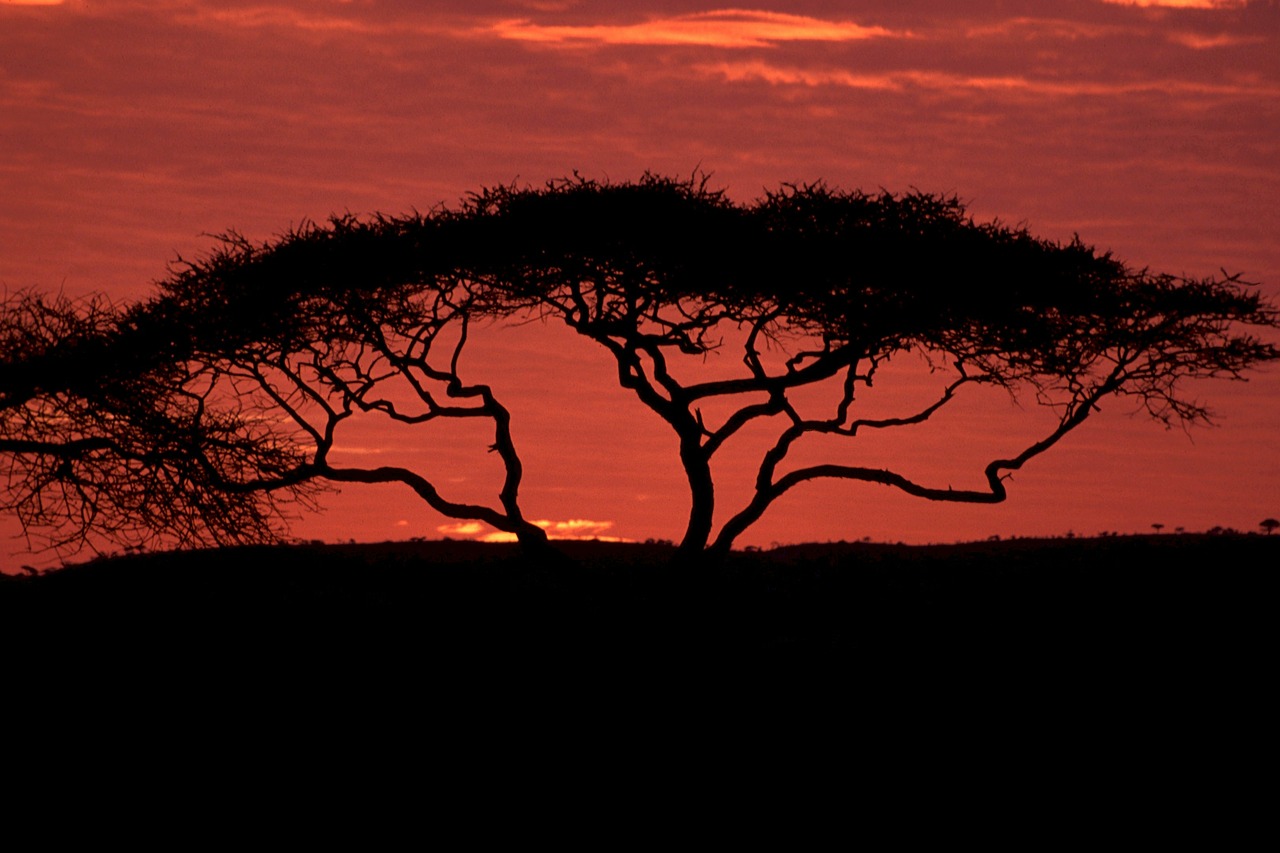
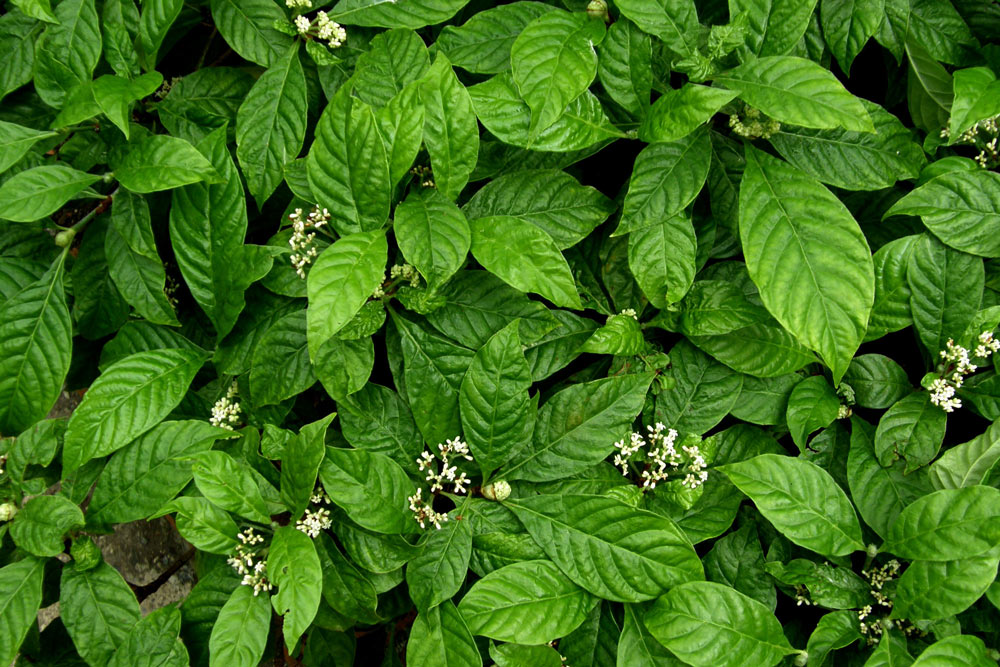
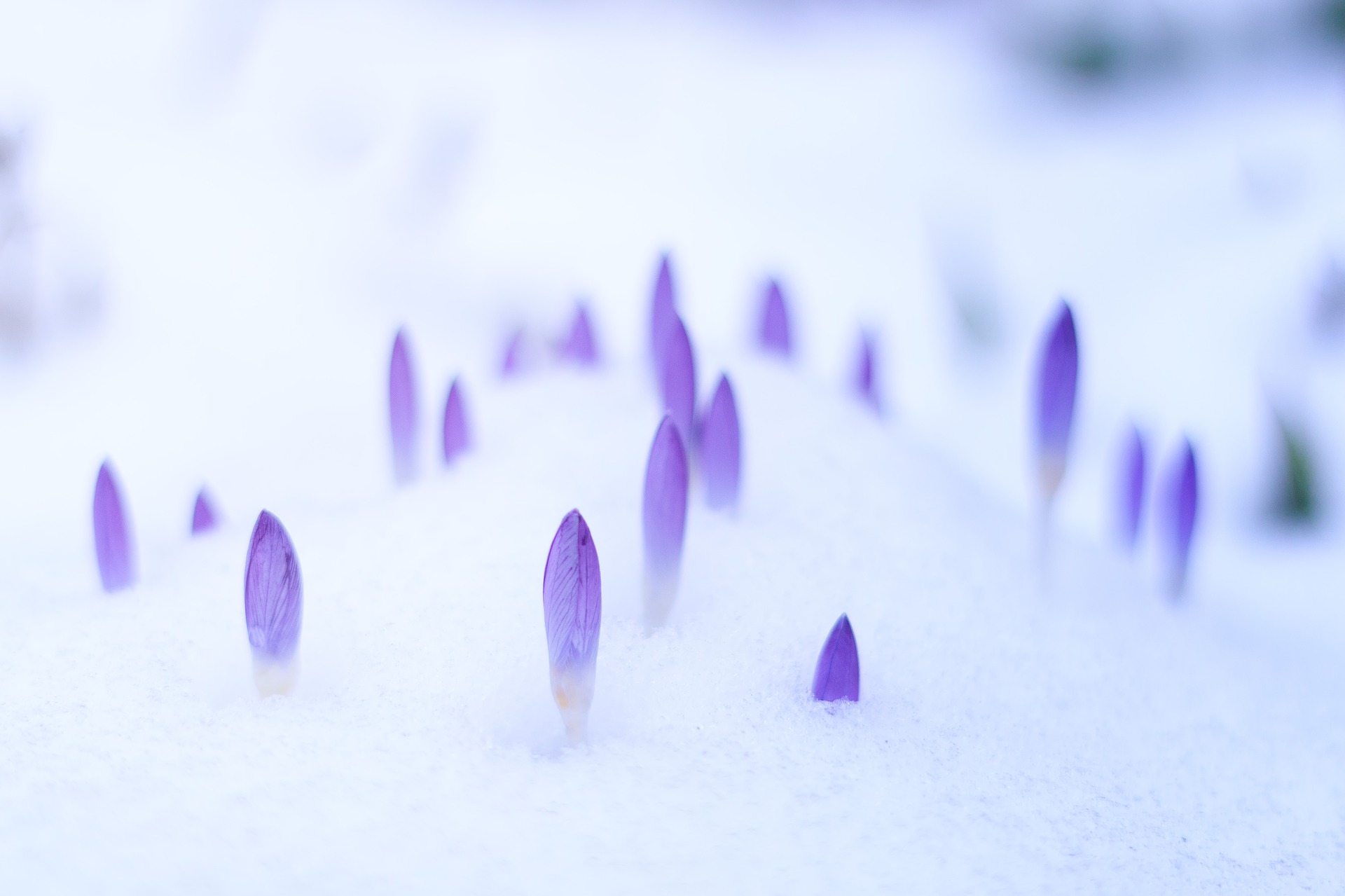
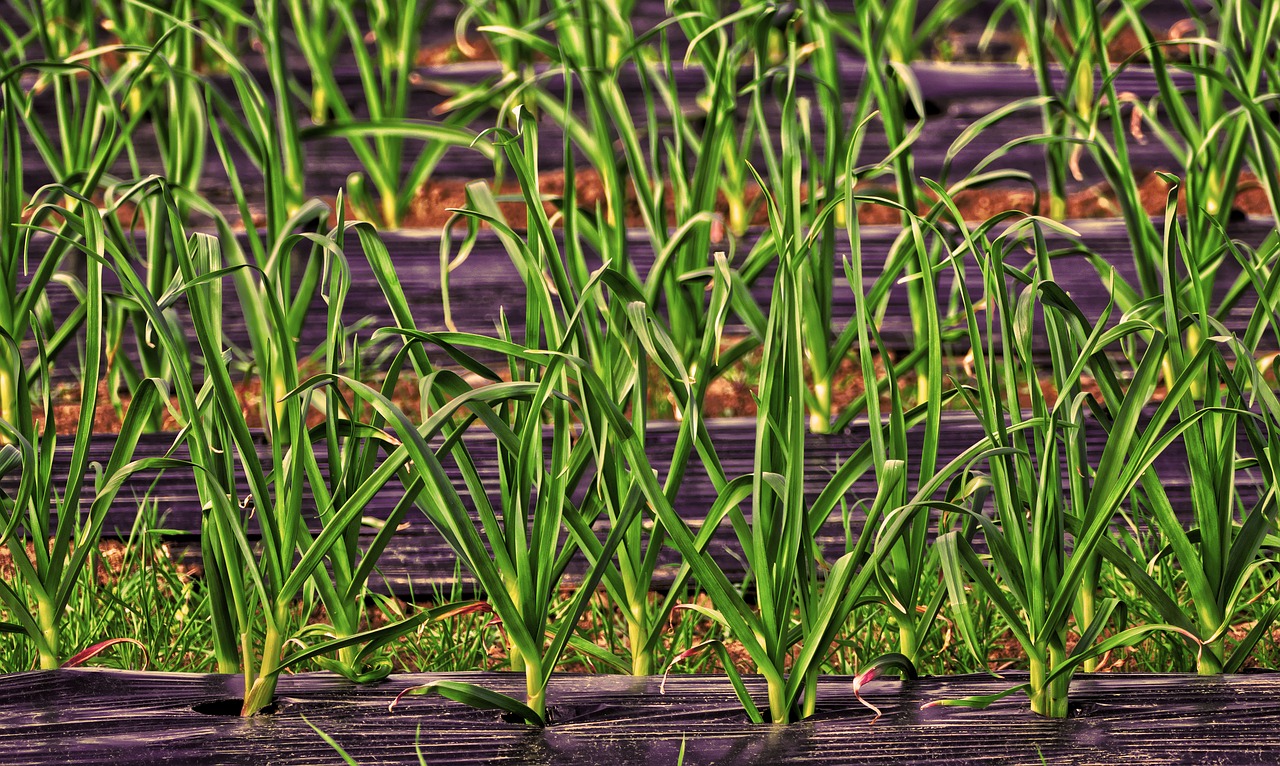
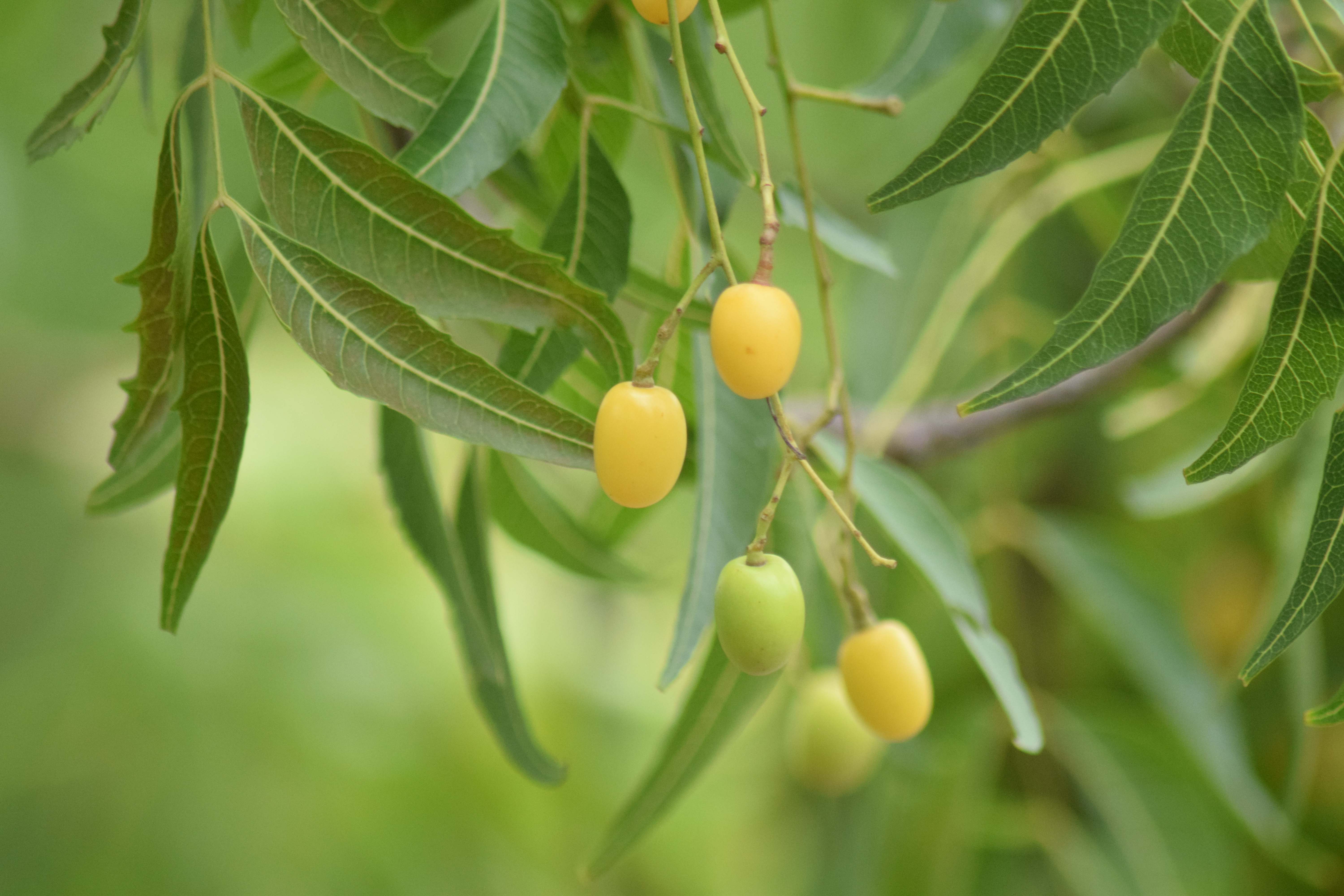
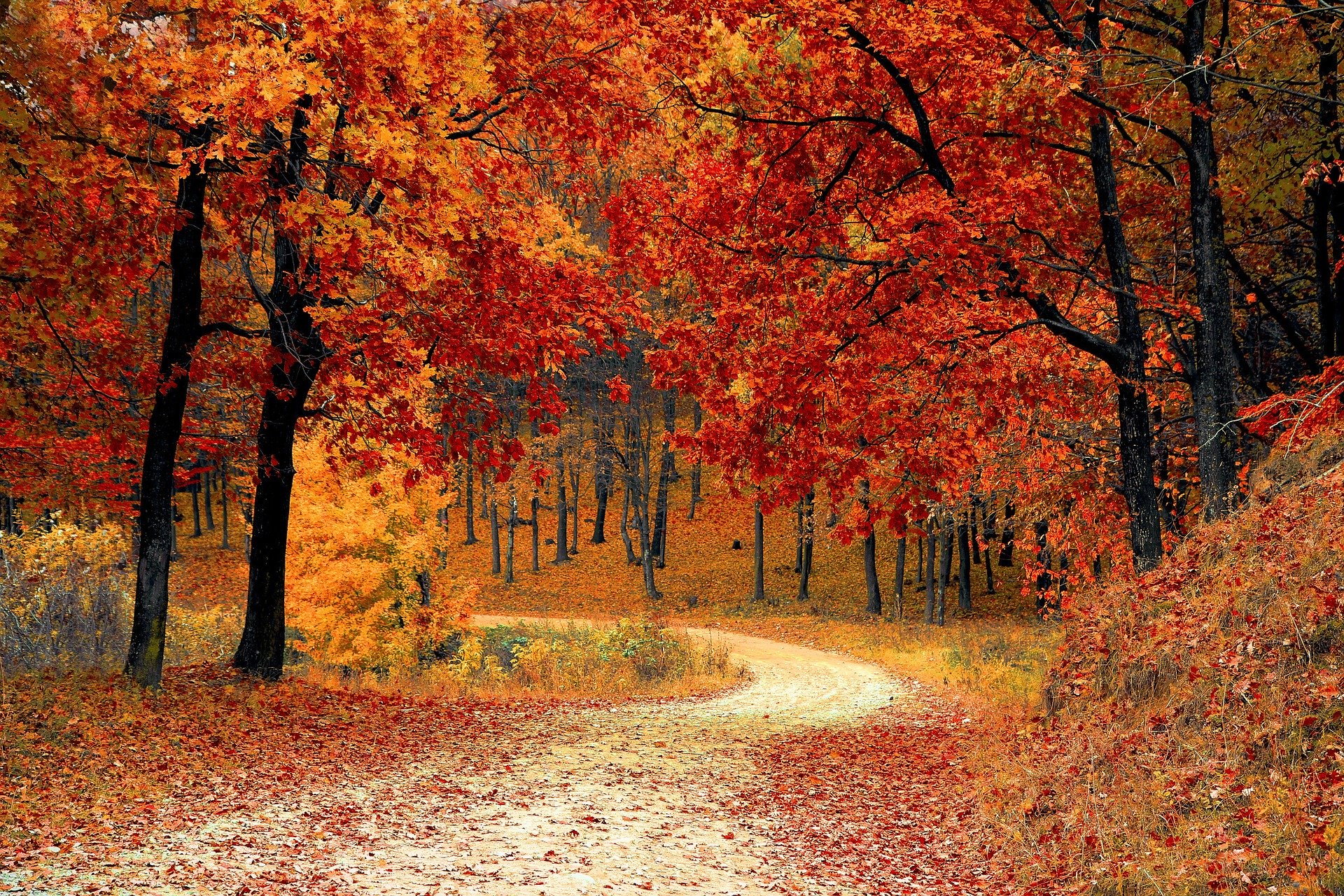
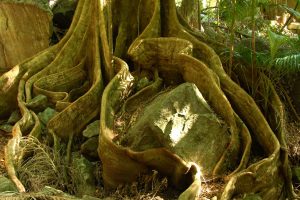

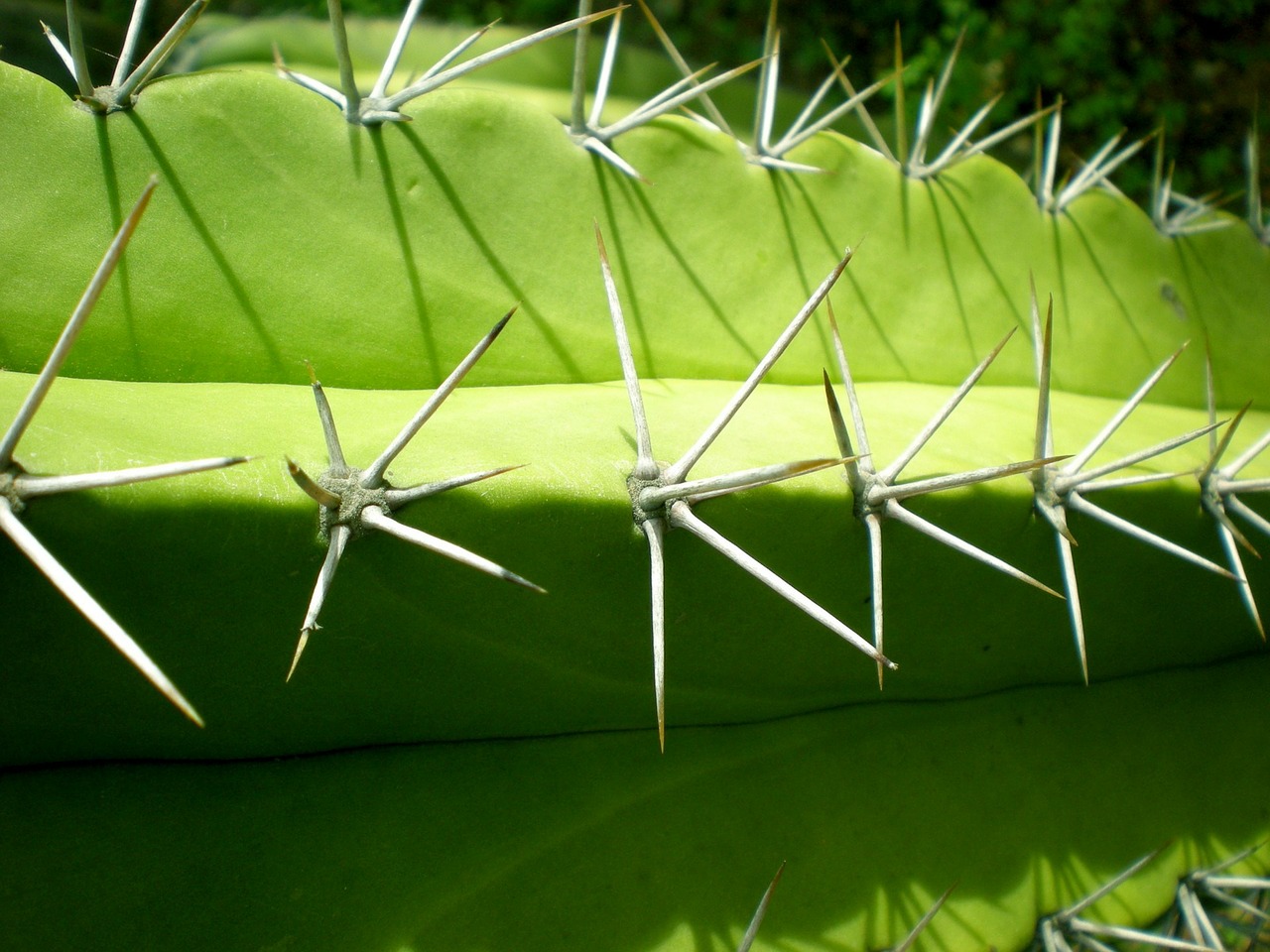
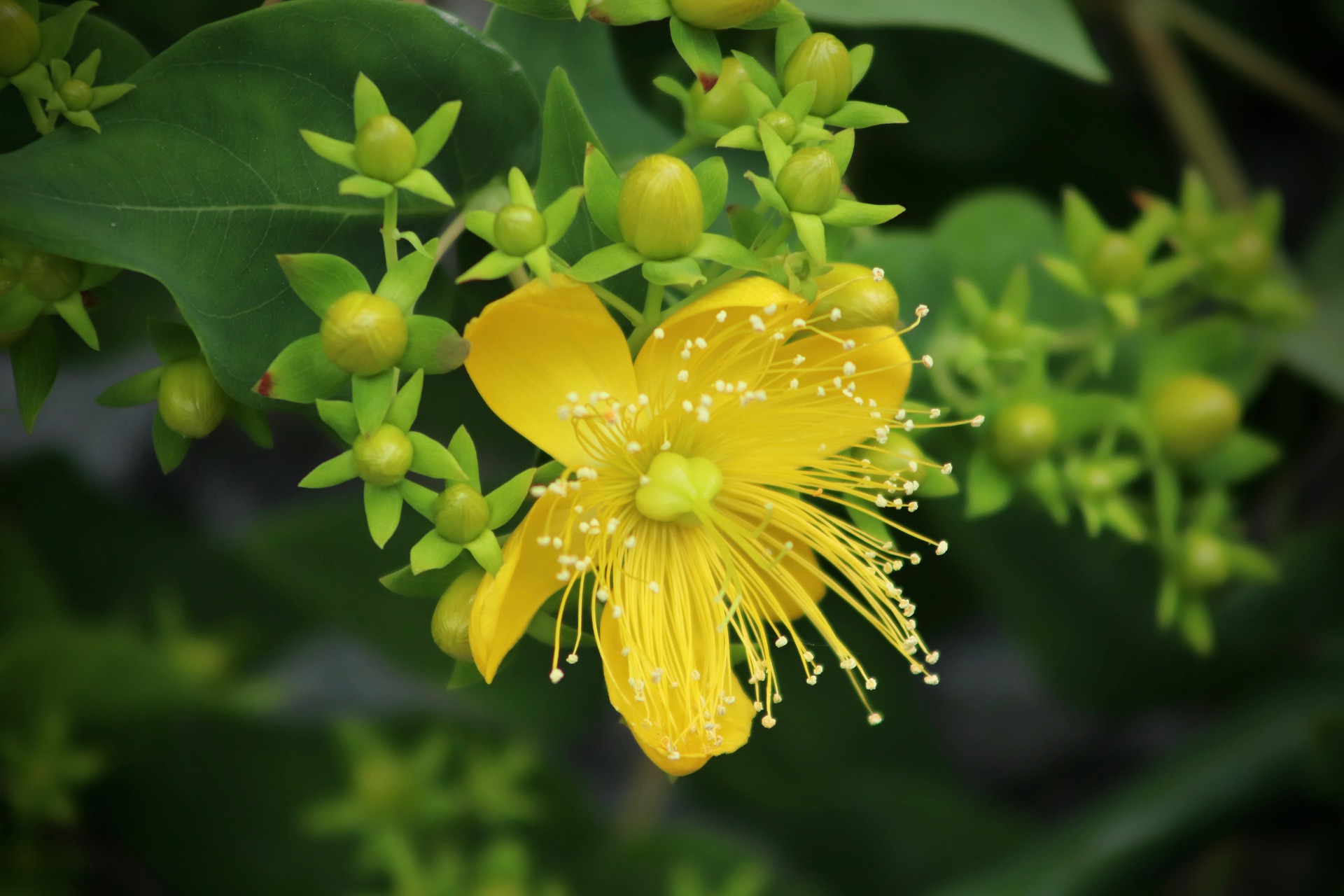
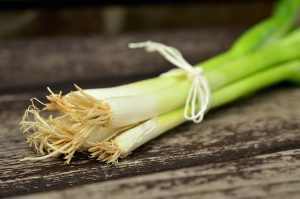
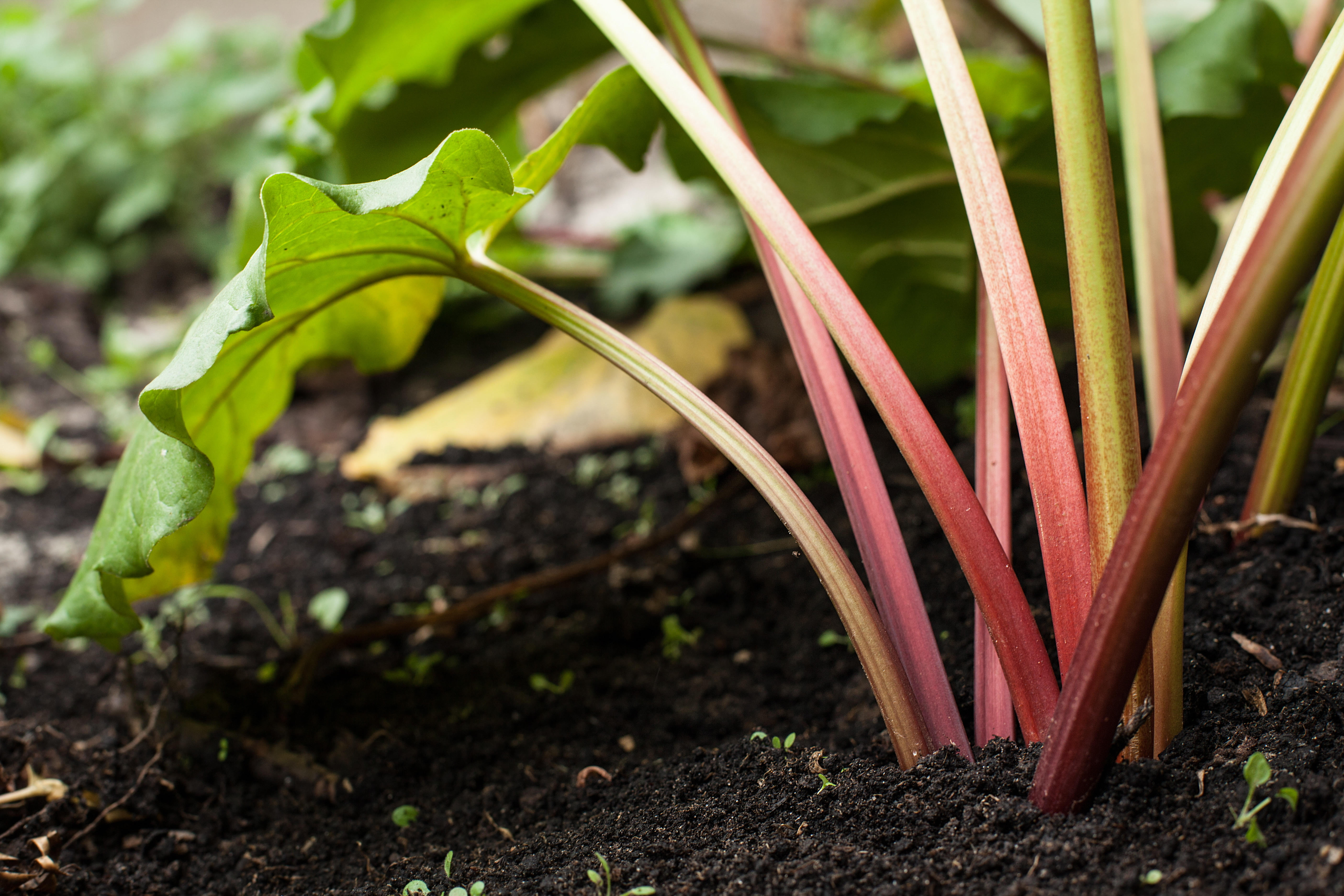
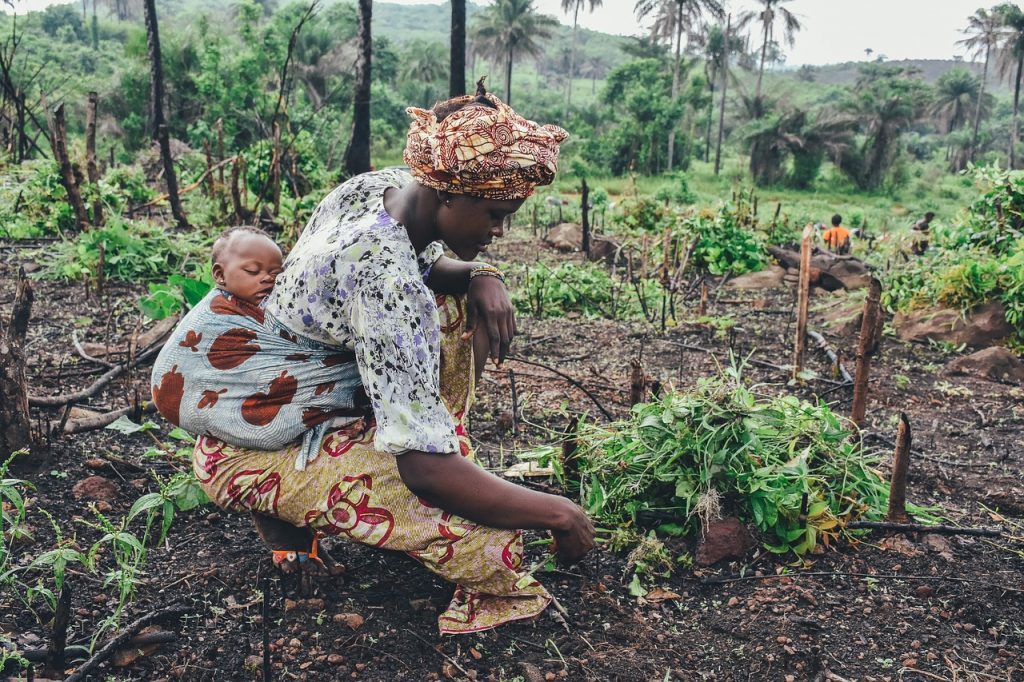
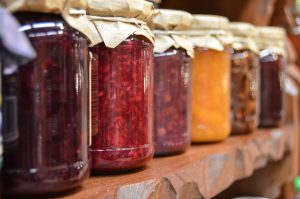
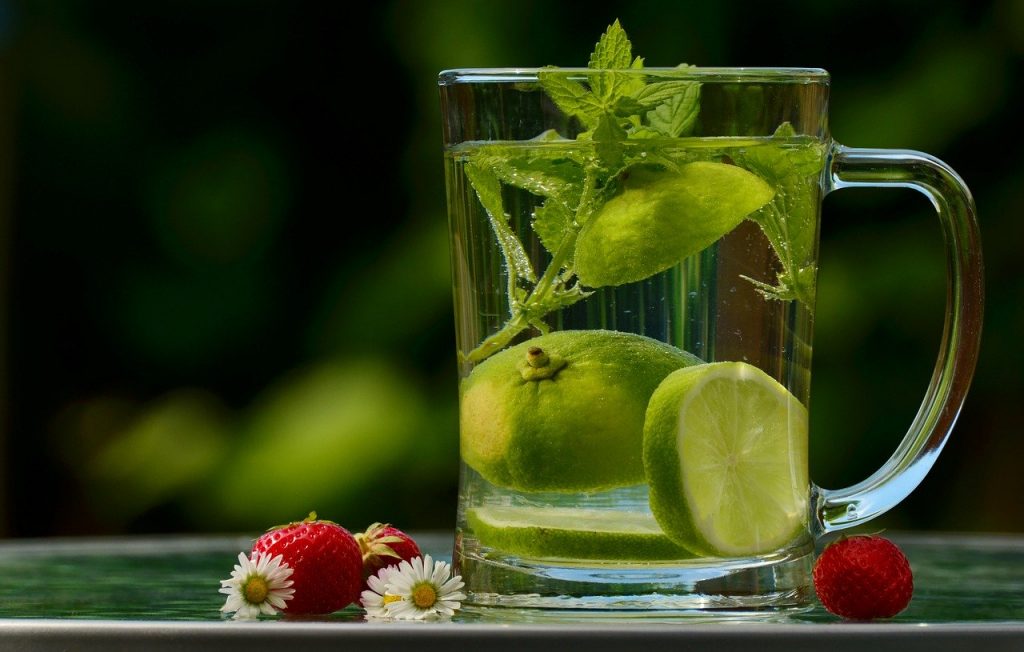
0 Comments